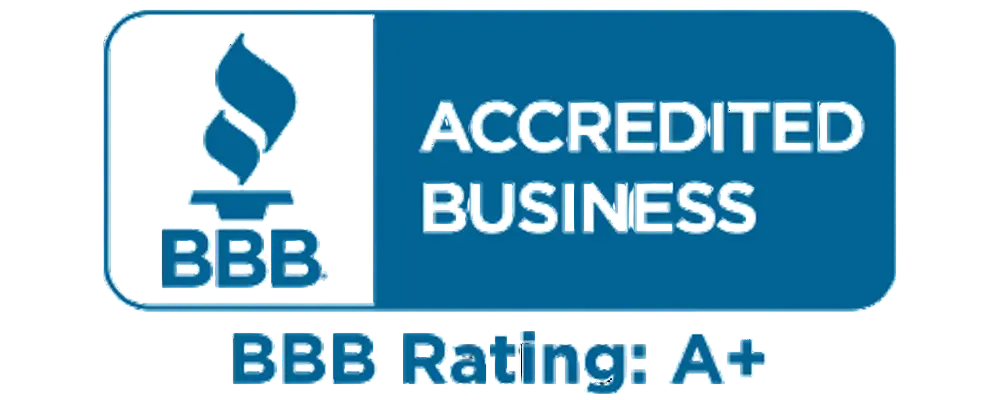Download free PDF
Electric Vehicle Battery Cooling Plate Market Size - By Vehicle, By Technology, By Material, By Sales Channel, Share, Growth Forecast, 2025 - 2034
Report ID: GMI13488
|
Published Date: April 2025
|
Report Format: PDF
Download Free PDF
Authors: Preeti Wadhwani,



Premium Report Details
Base Year: 2024
Companies covered: 19
Tables & Figures: 190
Countries covered: 21
Pages: 170
Download Free PDF

Electric Vehicle Battery Cooling Plate Market
Get a free sample of this report
Get a free sample of this report Electric Vehicle Battery Cooling Plate Market
Is your requirement urgent? Please give us your business email
for a speedy delivery!





Electric Vehicle Battery Cooling Plate Market Size
The global electric vehicle battery cooling plate market was valued at USD 2.5 billion in 2024 and is projected to grow at a CAGR of 16.3% between 2025 and 2034. The demand for EV battery cooling plates is propelled by the global adoption of electric vehicles (EVs) and emission regulations, government subsidies on EV production, and aggressive decarbonization targets. Investment is intensifying in advanced thermal management systems such as liquid-cooled plates which improve battery efficiency, safety, and endurance due to more focus on these parameters. The formation of battery manufacturing clusters and government-sponsored R&D initiatives have also accelerated the pace of development of EV thermal systems.
Indirectly aiding the market for high-performance cooling mechanisms is European Union’s “Fit for 55” climate package that accompanied EV battery innovation provisions along with safety and recyclability mandates on batteries. The package boosts cooling solution demand while simultaneously increasing the market’s ecosystem services. The goal of these programs is to enhance the competitiveness of the US market which the Department of Energy (DOE) through its Vehicle Technologies Office is pursuing by initiating multiple projects for efficient battery thermal management systems for commercial scale EV fleet deployment.
To sustain the high EV battery performance targets, MAHLE GmbH developed innovative aluminum-based flat cooling plates with high dissipation capacity in March 2023. The plates, which are less expensive, also support the industry’s desire for light-weight materials.
The development of new high-density lithium-ion batteries and solid-state batteries with higher heat generation have increased the demand for sophisticated cooling plates. This has caused several industries to partner with one another to design advanced cooling systems for next-generation EVs. With the increased competition in the EV market, advanced technologies, and thermal infrastructure systems, precision engineering has become a key element of vehicle architecture and user interaction design, ensuring that EV battery cooling plates will always be central to developing future mobility technologies.
For example, Sanhua Automotive broadened its scope of integrated thermal systems for electric vehicles in early 2023, fueled by the NEV policy's subsidized approach and enhanced regulation directed at the country's thermal management innovations. The policy also enforces compulsory safety criteria for effective battery cooling, catalyzing competition amongst regional suppliers.
Electric Vehicle Battery Cooling Plate Market Trends
Electric Vehicle Battery Cooling Plate Market Analysis
Based on vehicle, the electric vehicle battery cooling plate market is divided into BEV, PHEV, and HEV. In 2024, the BEV segment dominated the market accounting for around 65% share and is expected to grow at a CAGR of over 17.1% during the forecast period.
Based on technology, the electric vehicle battery cooling plate market is segmented into liquid cooling, air cooling, and PCM cooling. In 2024, the liquid cooling segment dominates the market with 76% of market share and the segment is expected to grow at a CAGR of over 16% from 2025 to 2034.
Based on material, the electric vehicle battery cooling plate market is segmented into aluminum, copper, and stainless steel. Aluminium is expected to dominate as it reduces overall EV weight, helping improve vehicle range and energy efficiency.
In 2024, China in Asia Pacific dominated the electric vehicle battery cooling plate market with around 68% market share and generated around USD 840 million revenue.
The electric vehicle battery cooling plate market in Germany is expected to experience significant and promising growth from 2025 to 2034.
The electric vehicle battery cooling plate market in the U.S. is expected to experience significant and promising growth from 2025 to 2034.
The electric vehicle battery cooling plate market in UAE is expected to experience significant and promising growth from 2025 to 2034.
Electric Vehicle Battery Cooling Plate Market Share
Electric Vehicle Battery Cooling Plate Market Companies
Major players operating in the electric vehicle battery cooling plate industry are:
With the growing adoption of Electric Vehicles (EVs), the focus is being shifted to battery thermal management and range improvements through new battery cooling plate designs. Furthermore, there is an increase in the use of lightweight, high-performing cooling materials such as aluminium and advanced composites, which are aimed at lowering the vehicle's weight, while simultaneously increasing the dissipation of heat.
OEMs (Original Equipment Manufacturer) are building modular and scalable systems of liquid cooling plates for passenger EVs (Electric Vehicles), heavy-duty trucks, and delivery vans. The emphasis is now placed on high-efficiency, multi-channel, and fully integrated high-voltage charging EV-battery, low thermal load, fast charging systems that reduce stress heating and maximize charging cycles on the battery.
Firms are embedding AI-based thermal analytics, smart sensors, and real-time diagnostics into cooling plates, allowing predictive maintenance and thermal optimization under various driving conditions. This has led to the emergence of “cooling-as-a-service” business models where OEMs and fleet operators adopt customizable thermal management units to reduce operational downtime and improve total cost of ownership (TCO).
Also, the integration of cooling systems with energy recovery features and the overall thermal management system of the vehicle, i.e., cabin and inverter cooling, ensure streamlined energy pathways and improved efficiency. These alterations are forming strategic partnerships and collaboration between EV manufacturers, Tier 1 cooling system suppliers, and thermal technology start-ups to build coherent energy-efficiency aligned infrastructures for EVs designed for carbon neutrality and sustainable long-term use.
Electric Vehicle Battery Cooling Plate Industry News
The electric vehicle battery cooling plate market research report includes in-depth coverage of the industry with estimates & forecasts in terms of revenue ($ Mn/Bn) and volume (Units) from 2021 to 2034, for the following segments:
Click here to Buy Section of this Report
Market, By Vehicle
Market, By Technology
Market, By Material
Market, By Sales Channel
The above information is provided for the following regions and countries: